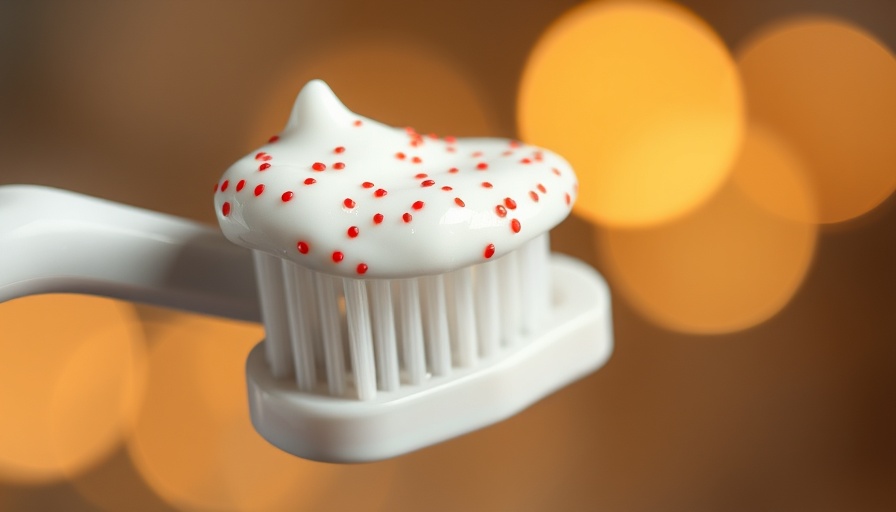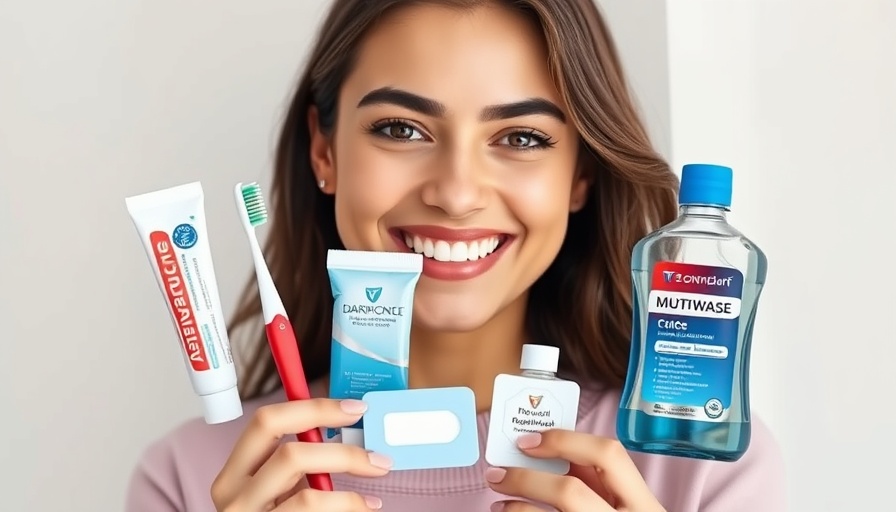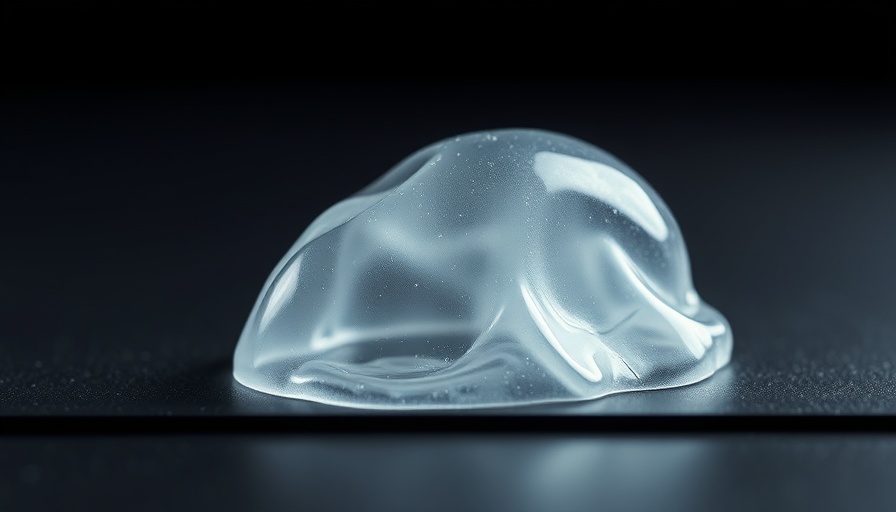
Understanding the Ingredients in Toothpaste
Have you ever paused to read the ingredient list on your toothpaste tube? Many people overlook this crucial aspect of their oral hygiene routine. In the informative video, Toothpaste Ingredients Explained, dental hygienist Whitney Johnson sheds light on common toothpaste ingredients and their benefits. A key point she emphasizes is the ADA Seal of Acceptance, which indicates that a toothpaste has been tested for safety and effectiveness in preventing cavities.
In 'Toothpaste Ingredients Explained', the discussion dives into the complex world of toothpaste components, exploring key insights that sparked deeper analysis on our end.
The Importance of Fluoride
When it comes to cavity prevention, fluoride remains the gold standard. It’s essential for strengthening tooth enamel and remineralizing weak spots. There are three types of fluoride found in toothpastes: sodium fluoride, stannous fluoride, and sodium monofluorophosphate. Although fluoride has faced scrutiny over safety concerns, it's vital to understand that the fluoride levels in toothpaste are safe and beneficial.
Emerging Alternatives: Nano-Hydroxyapatite
Another ingredient worth discussing is Nano-hydroxyapatite, touted as a potential alternative to fluoride. While it shows promise in mimicking tooth enamel, it lacks the rigorous regulation and proven effectiveness of fluoride. Without the ADA or FDA approval, it's hard to ascertain the claims made about its benefits, showcasing the importance of choosing well-regulated products.
Xylitol and Other Ingredients
Beyond fluoride and nano-hydroxyapatite, xylitol stands out as a clever sugar substitute that helps repel plaque. However, it’s most effective when combined with fluoride. For those dealing with sensitivity, potassium nitrate can be a game-changer, blocking pathways to nerves. Abrasives and humectants in toothpaste also play roles in polishing teeth and maintaining the product’s consistency.
In conclusion, selecting the right toothpaste isn’t just about choosing a random tube; it involves understanding these ingredients and how they fit into your oral health routine. Remember, the best toothpaste is the one you will use consistently. For tailored advice regarding your oral care, consider reaching out to your dental professional.
 Add Row
Add Row  Add
Add 




Write A Comment